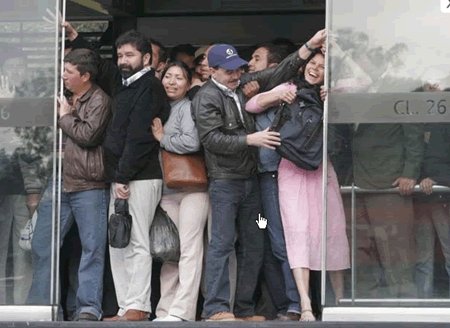Some of the best parts of the conference come from the stats and stories that people tell in the sessions and in the hallways. Today I learned what "Festival Parking" in development projects was from Art Lomenick and yesterday learned about a CDC program that invests in communities looking to improve health outcomes.
But one of my favorite comments came from one of my favorite public officials. Harriet Tregoning mentioned in her session (and it was repeated in Streetsblog and STB posts) that subway tracking heavy rail is the best way to go when it comes to surface development. While there are a few examples of it working around the country, I think the clean slate it affords developers and pedestrians is a huge bonus over the long term.
“In the short term, under-grounding can be very expensive, but in the long term it saves a lot of money,” Zimmerman said. The development that occurs above the station easily pays for the tunnel, and there’s significant savings on maintenance when rails are protected from the elements. But perhaps more important, there’s little difference between a transit line and an Interstate when it comes to fracturing the fabric of the urban environment. “A railroad takes up a lot of space and creates a barrier — something you can’t get across, like a highway,” he said.
This also brings up another thing I would like to see in regions around the country. Usually we get into the chicken and egg question whether the transit or density needs to come first but ultimately I think transportation investment drives development investment and putting these lines underground allows us to think about these as a long term investment, even though people these days don't think that way.
What I would like to see is a program for building at least three line subway lines in each major city in the United States. Now I'm not talking about these hybrid systems we get in the United States like BART but true central city Metros with transfer centers at the end that might stretch 3 miles from the center. What this would do is push cities to make urban development legal. The demand for development along major corridors stretches from the market generated around the gravity of central employment district. The benefit is that if you can get further from the center in ten minutes by putting the line underground, you will be able to build higher and create more walkable, sustainable development than you would have with just the bus. We see what a ten minute trip from downtown on a streetcar can do, we just need to get multiple modes going and augment with the subway.
I know its dreaming because it can't really happen given the current environment, but its really what I believe should happen. This model is there with the DC Metro, we just need to make it happen somehow.




